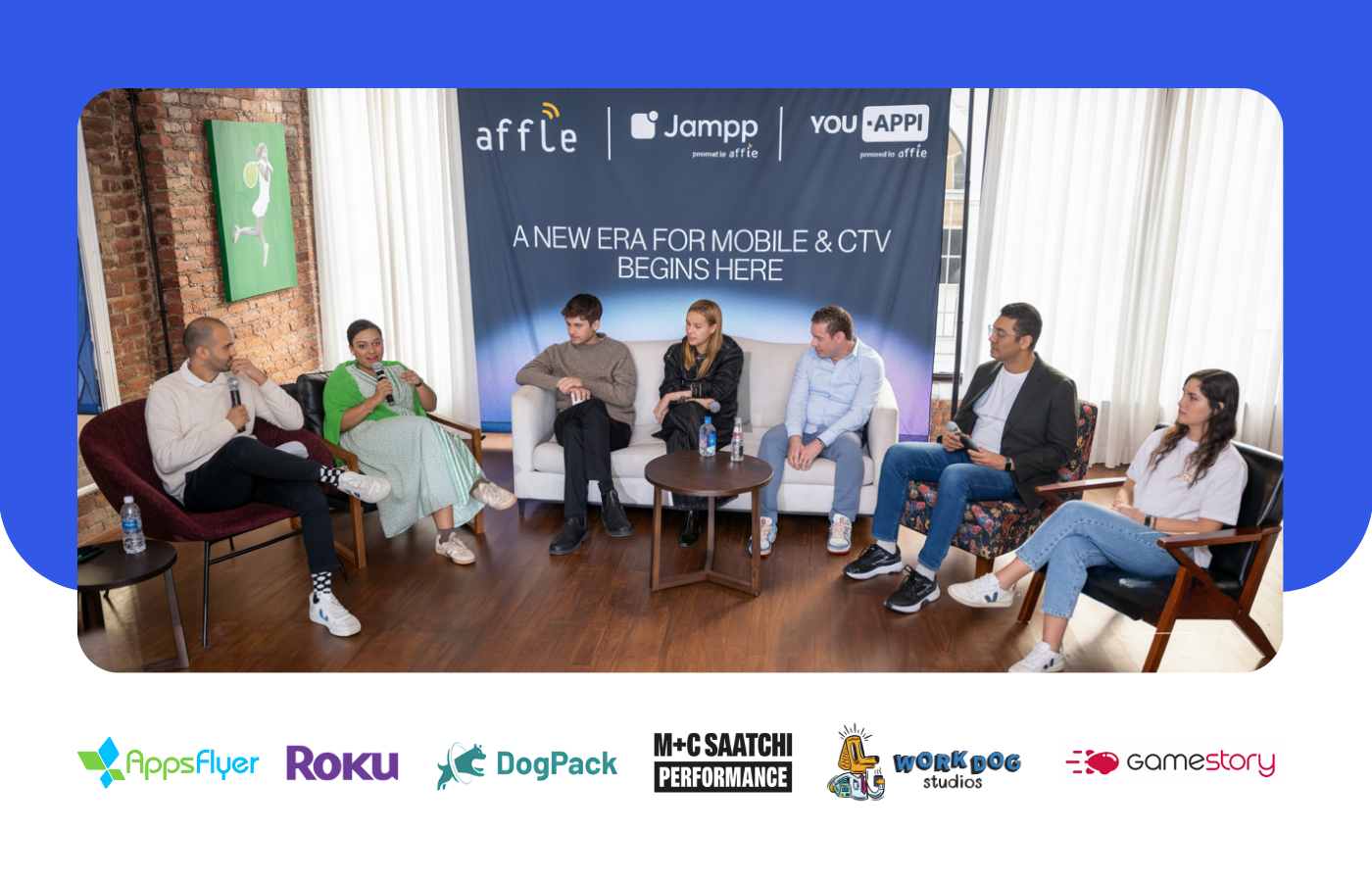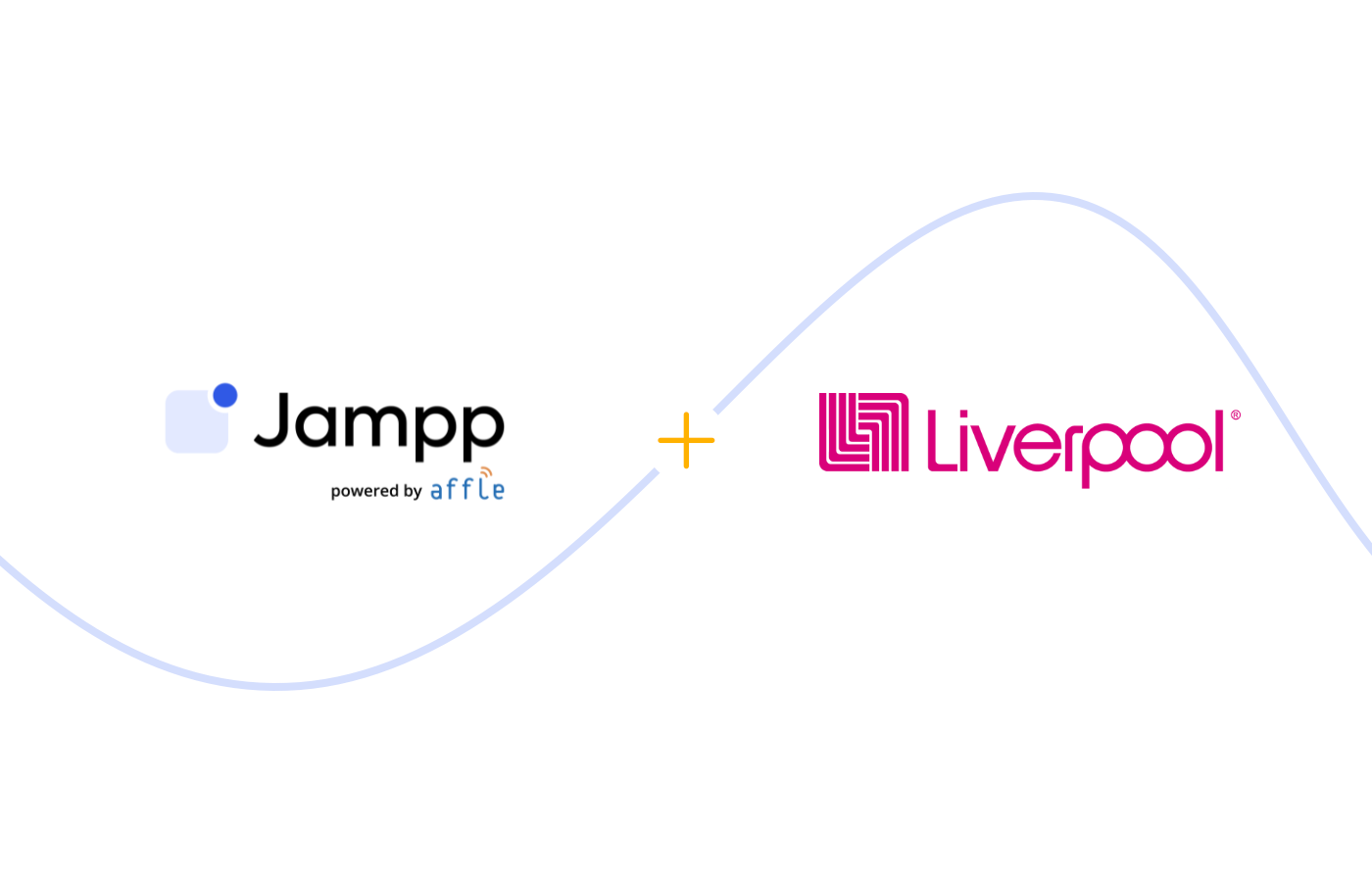App marketing for Black Friday: how it works for each vertical
Black Friday is usually associated with shopping deals, but this event can help app marketers across all verticals drive incremental purchases, orders, bookings, and subscriptions.
November 11, 2021
.jpg)
Black Friday may have started as an event for shopping brands, but today, users expect and respond to Black Friday promotions across different industries.
In this post, we’ll show how different industries are leveraging this date to drive incremental purchases, orders, bookings, and more!
Shopping apps
In 2020, mobile Commerce sales totaled $2.7 trillion dollars 👀 [1]. This shopping spree peaked on Black Friday, with Shopping app sessions reaching 1.2M, 23% more than in 2019 [2].

This year, after users spent 7.6% more on Amazon Prime Day ($10.39 billion), Ecommerce experts expect Black Friday to follow this trend [3].
However, with greater sales comes greater competition. According to AppsFlyer, global Ecommerce app installs rose by almost 50% in 2021, and consumer spend climbed 55%, which indicates that a lot more shoppers are heading into Black Friday this year.
This means that Shopping apps looking to truly stand out against competitors should focus on:
- Building up hype in the weeks leading up to Black Friday, since user interest starts to build up throughout November until peaking on the actual Black Friday day.
- Creating high-engaging ads across a variety of formats, leveraging multiple ad variations to A/B test top-performing creatives.
- Aligning campaign budget to traffic cost, taking into account that CPMs usually increase before and during Black Friday—but so do app usage and in-app purchases.

Travel apps
While Travel apps struggled as a result of the global pandemic, this vertical is making its comeback. According to App Annie, Travel & Navigation apps surpassed 1.1B downloads from May to Aug 2021 (20% more than in the 4 previous months and YoY globally this summer).

Travel and tourism deals are usually promoted as part of limited-time offers throughout the year, but key dates like Black Friday and Cyber Monday are also driving sales. Booking.com and Hopper, two of the top online travel agencies, offered special discounts on stays, flights, and car rentals during the November-December holiday season. Additionally, Hopper’s Refundable Booking Plan and Flexible Dates Plan were offered for 20% off.
When it comes to advertising flash sales and key events, Travel apps are following one simple strategy: showing users a variety of destinations, accommodation options, and values. This strategy allows marketers to understand which stays and deals are the best match for users’ interests—and, therefore, which promos they should push to drive more bookings.

Food apps
Food & Drink apps saw user behavior change during the COVID-19 pandemic, with installs growing by 29% in Q4 2020 (vs. Q4 2019) and reaching 100 million [4].
In 2021, this growth was accompanied by major investments in the industry: Wolt raised $530 million in January, Just Eat Takeaway acquired Grubhub for $7.3 billion in June, Delivery Hero invested $235 million on the Grocery Delivery app Gorillas in October.

Now it’s time for Food & Drink apps to retain their 2020 growth and keep attracting new users—and Black Friday represents a great opportunity to drive incremental orders. Here are some of the strategies used by the top Food & Drink players:
- Limited-time discounts: brands usually promote special discounts around Black Friday to build up the hype—and some deals are even extended into Cyber Monday… or more: in 2020, Home Depot’s Black Friday deals ran through December.
- Free delivery: pairing free delivery with a minimum purchase threshold can encourage users to place in a larger order to reach the required purchase value.

- Coupons & free credit on first orders: Some users download an app but don’t order right away. Gift cards, coupons, or free credit serve as an additional incentive to help users make their first in-app purchase.

- In-app only deals: for brands looking to grow their app, offering discounts or benefits only when making orders through the app can help shift user traffic from desktop to mobile.
- Freebies: Free food? Where do I sign up? On Black Friday, restaurants can opt to provide a free starter/side/dessert whenever users purchase a main dish. For example, last year anyone ordering a McDonald’s Big Mac through the Just Eat app received six free chicken McNuggets.
Subscription apps
Whether you’re looking to try a new streaming, fitness, or education app, Black Friday is the right moment to lock in your subscription. Plenty of companies have special offers designed for attracting new subscribers. Some examples include:
- Hulu: in 2020, this streaming app offered a discount on its ad-supported plan for Black Friday, letting users subscribe for only $1.99 per month ($4 off the standard monthly price).
- Audible: Amazon’s audiobook and podcast platform diversified their Black Friday deals to benefit new and existing subscribers. Last year, the company offered a discount on its Audible Plus membership for new subscribers and $10 in Amazon credit, but also offered a selection of Audible audiobooks at a low price for Audible Premium Plus members.
- Alltrails: one of the top Fitness & Travel subscription apps, Alltrails offered a 50% discount on its pro subscription, which lets you download and print maps using a special promo code.
Gaming apps
Mobile games have been leveraging special dates to introduce custom gameplay experiences with the aim of keeping users entertained and engaged. After all, 2020 saw users spend 3.5 trillion hours and invest $143 billion in mobile games, achieving around 218 billion downloads [5].

While each mobile game has its own way of using themed gameplays, there are certain best practices that can be implemented across any type of limited-time campaigns:
- Themed elements: spice up your flash sale by offering new skins, characters, items, or even side quests that align with the event or that can be obtained only for the duration of the event.
- Special deals: get creative! You can apply a special discount on specific items within your store, create exclusive packages/bundles at special prices, or even offer a free credit incentive for users who make an in-app purchase.
- Limited time: events should be promoted around the key date to drive awareness. Pro tip: instead of promoting the same deals for months, rely on a series of shorter limited-time events. Leverage keywords such as “flash sale”, “last chance”, and “only this week”. This will create a sense of urgency or “fear of missing out”.

Wrapping up
Consumers tend to associate Black Friday deals with Shopping brands, but the truth is all app verticals are relying on limited-time offers and key events to acquire new users and drive more sales. The key is to know which strategy resonates the most with your audience’s unique needs and interests.
Drop us a line if you’d like to know how Jampp can help you ramp up your programmatic campaign just in time for Black Friday.

References
[1] eMarketer, 2020.
[2] Apptopia, 2021.
[3] Digital Commerce 360.
[4] Sensor Tower, 2021.
[5] App Annie, 2021.
Subscribe to our email newsletter









